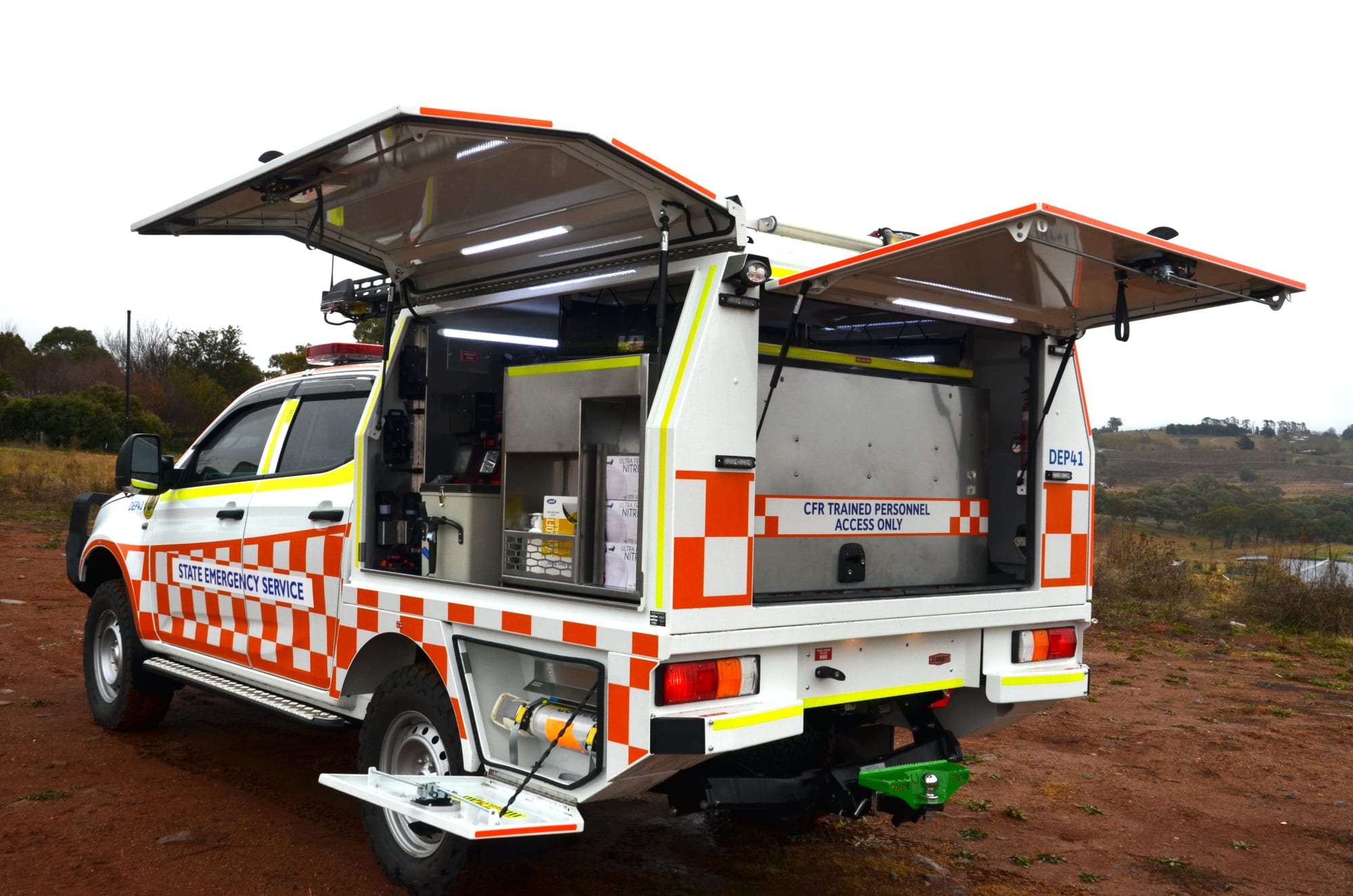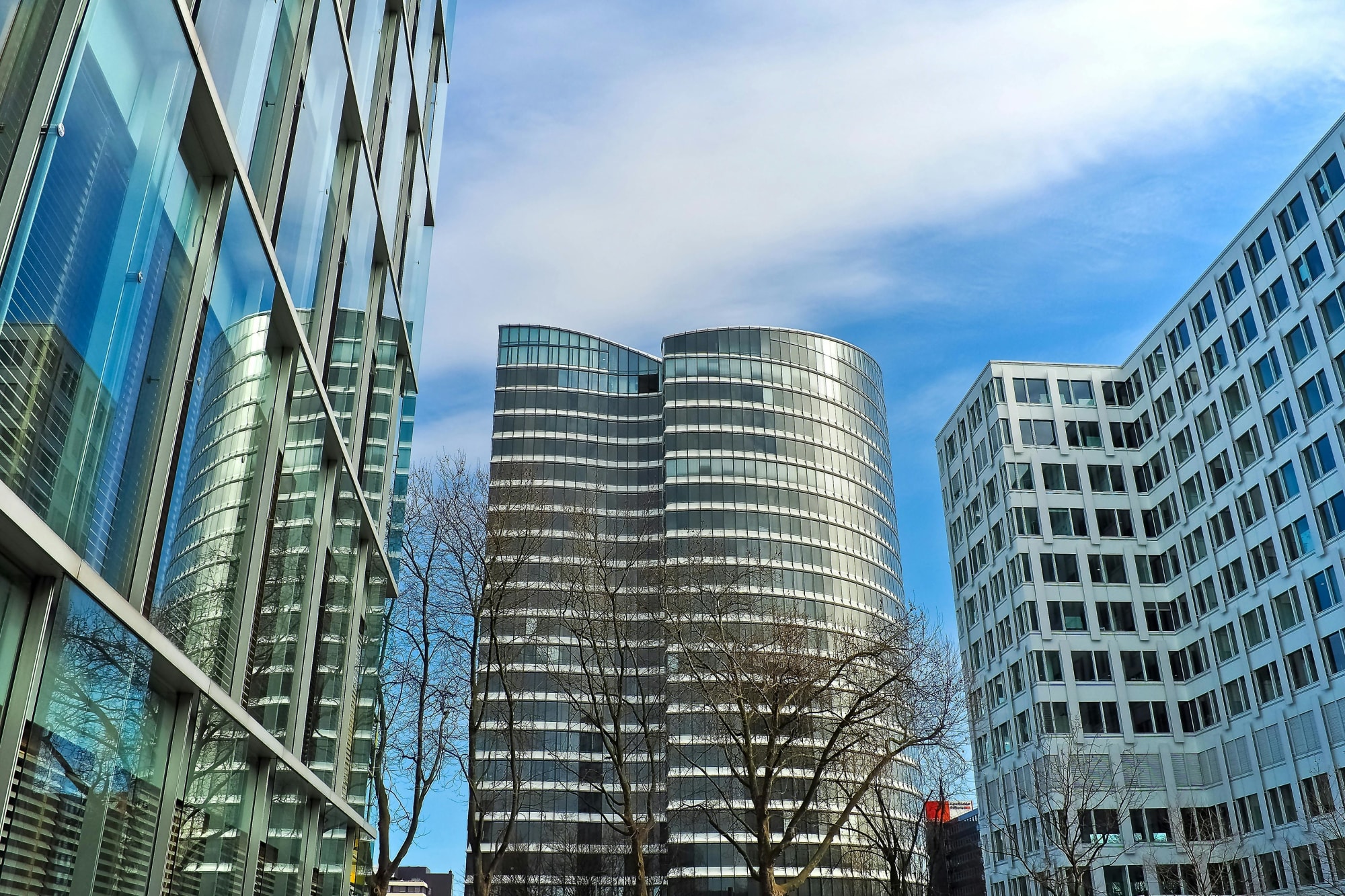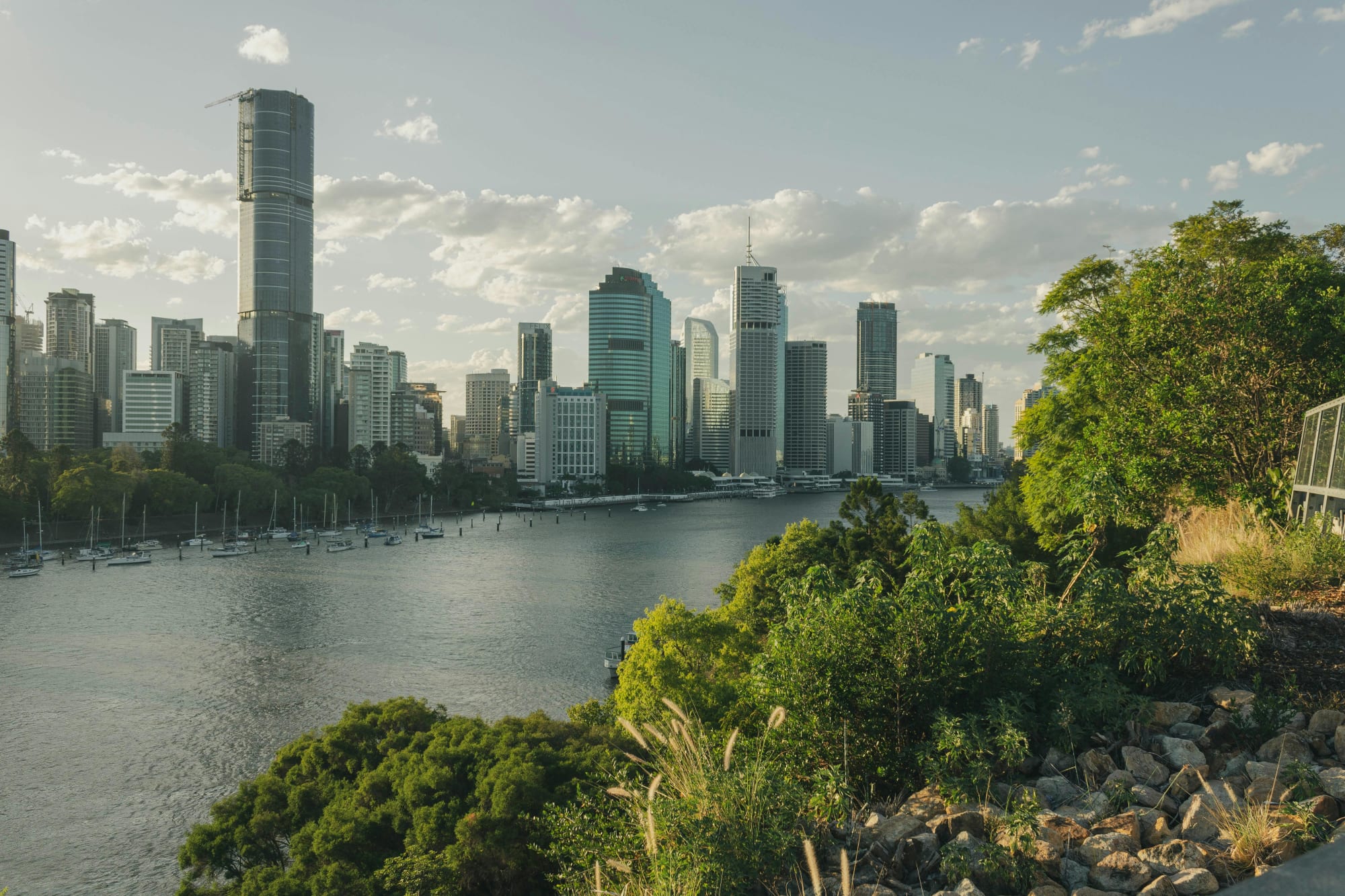Invest
Ageing population to keep budget in red for another 40 years
Australia needs to lift productivity to overcome the real threats of an ageing population brought on by a dwindling fertility rate and a stop in migration, a government report shows.
Ageing population to keep budget in red for another 40 years
Australia needs to lift productivity to overcome the real threats of an ageing population brought on by a dwindling fertility rate and a stop in migration, a government report shows.

The fifth instalment of the Intergenerational Report (IGR) highlighted the challenges for Australia’s economy with a century-low population growth said to have a lasting impact over the next four decades.
The IGR has been handed down every five years, kicking off with Treasurer Peter Costello, giving Australia a snapshot of life in 40 years’ time. While scheduled to hit desks in 2020, the fifth IGR report was delayed by 12 months due to the pandemic.
Unveiling the long-awaited document this week, Treasurer Josh Frydenberg said its release served as an “early warning sign” for the government and the country about what's to come if certain trends remain.
The real fear is Australia's dwindling population, with the country said to hit 38.8 million in 2060-61 or six years later than earlier forecasted.

“This is the first time there has been a downward revision of the population forecast in an IGR,” Mr Frydenberg said.
Not only is Australia facing a smaller-than-expected populace, but its age too is concerning with expectations the pressure on welfare and health services will swell significantly.
As such, the budget is expected to remain in the red for at least another 40 years, improving to 0.7 per cent in 2036-37 but then widening to 2.3 per cent by 2060-61, “as the effects of ageing take hold”.
“It’s a trajectory similar to many of the previous IGRs reflecting the impact of an ageing population and existing policy settings,” Mr Frydenberg outlined.
Rising healthcare costs
Unsurprisingly, an ageing population with fewer workers is tipped to see Australia spend more of its GDP on aged care support.
“In this year’s IGR, health accounts for the biggest shift in government spending over the next 40 years, going from 4.6 to 6.2 per cent of GDP, with aged care going from 1.2 to 2.1 per cent of GDP and spending on the NDIS at 1.4 per cent of GDP, nearly 30 per cent higher than what was forecast in the 2015 IGR,” the report found.
According to Mr Frydenberg, significantly, as expenditure rises, the tax take doesn’t go beyond 23.9 per cent of GDP, the self-imposed cap the Coalition put in place.
“Ageing will remain a key source of pressure on our economy and on our budget over time,” Mr Frydenberg said.
“The taxes of each working-age person will need to support the essential services for a growing number of older Australians.”
Economic growth
But despite the barriers, Mr Frydenberg expects Australia’s economy to be two and half times bigger in 40 years than it is today.
He highlighted that the real GDP per person is expected to grow at an average annual rate of 1.5 per cent a year compared with 1.6 per cent over the last 40 years.
“To generate this growth, it is assumed that productivity growth will maintain its 30-year average of 1.5 per cent,” the Treasury report explained.
Mr Frydenberg concluded that "growing the economy is Australia’s pathway to budget repair, not austerity or higher taxes".
"Only by growing the economy can we continue to guarantee the essential services Australians rely on.
"We are relatively well placed, but at the same time, there are warning signs.
"There remains much work to do be done".
About the author

About the author


Economy
Australia’s softening labour market puts another RBA cut in play — here’s what business should do now
A four-year high in unemployment has revived expectations the Reserve Bank could deliver another rate cut as soon as November. With quarterly GDP growth running at 0.6 per cent and annual growth at ...Read more

Economy
Rising CPI reinforces RBA’s stance as rate cut expectations remain: State Street
State Street Global Advisors says the Reserve Bank of Australia (RBA) is likely to hold its current policy outlook following the release of September quarter inflation data, which showed an unexpected ...Read more

Economy
NSW SES boosts tsunami preparedness ahead of World Tsunami Awareness Day
As World Tsunami Awareness Day approaches on 5 November, the New South Wales State Emergency Service (NSW SES) is ramping up efforts to enhance tsunami preparedness along the east coastRead more

Economy
Lifesaving Regional Response Strengthened with New NSW SES Vehicles
In a significant boost to regional emergency services, the NSW State Emergency Service (SES) has unveiled 11 new Community First Response (CFR) vehicles, designed to enhance the speed and safety of ...Read more

Economy
Australia's June quarter GDP growth driven by consumer and government spending
Australia's economy has shown unexpected resilience in the June 2025 quarter, with household and government consumption driving growth despite a significant decline in public investmentRead more

Economy
Australia's GDP surprise is real but operators should heed the growth mix warning light
Australia’s June-quarter growth beat expectations on the strength of household consumption and government spending, even as public investment sagged. The upside surprise signals resilience, but the ...Read more

Economy
Households carried the quarter: what Australia’s upside GDP surprise means for strategy now
Australia’s economy expanded faster than expected in the June 2025 quarter, with GDP up 0.6 per cent quarter-on-quarter and 1.8 per cent year-on-year — the strongest pace in two years. The kicker ...Read more

Economy
Inflation dynamics in Australia: Electricity subsidies and labour market in focus
In a recent economic analysis, experts from State Street have highlighted significant developments in Australia's inflation landscape, attributing the changes primarily to the withdrawal of ...Read more

Economy
Australia’s softening labour market puts another RBA cut in play — here’s what business should do now
A four-year high in unemployment has revived expectations the Reserve Bank could deliver another rate cut as soon as November. With quarterly GDP growth running at 0.6 per cent and annual growth at ...Read more

Economy
Rising CPI reinforces RBA’s stance as rate cut expectations remain: State Street
State Street Global Advisors says the Reserve Bank of Australia (RBA) is likely to hold its current policy outlook following the release of September quarter inflation data, which showed an unexpected ...Read more

Economy
NSW SES boosts tsunami preparedness ahead of World Tsunami Awareness Day
As World Tsunami Awareness Day approaches on 5 November, the New South Wales State Emergency Service (NSW SES) is ramping up efforts to enhance tsunami preparedness along the east coastRead more

Economy
Lifesaving Regional Response Strengthened with New NSW SES Vehicles
In a significant boost to regional emergency services, the NSW State Emergency Service (SES) has unveiled 11 new Community First Response (CFR) vehicles, designed to enhance the speed and safety of ...Read more

Economy
Australia's June quarter GDP growth driven by consumer and government spending
Australia's economy has shown unexpected resilience in the June 2025 quarter, with household and government consumption driving growth despite a significant decline in public investmentRead more

Economy
Australia's GDP surprise is real but operators should heed the growth mix warning light
Australia’s June-quarter growth beat expectations on the strength of household consumption and government spending, even as public investment sagged. The upside surprise signals resilience, but the ...Read more

Economy
Households carried the quarter: what Australia’s upside GDP surprise means for strategy now
Australia’s economy expanded faster than expected in the June 2025 quarter, with GDP up 0.6 per cent quarter-on-quarter and 1.8 per cent year-on-year — the strongest pace in two years. The kicker ...Read more

Economy
Inflation dynamics in Australia: Electricity subsidies and labour market in focus
In a recent economic analysis, experts from State Street have highlighted significant developments in Australia's inflation landscape, attributing the changes primarily to the withdrawal of ...Read more








